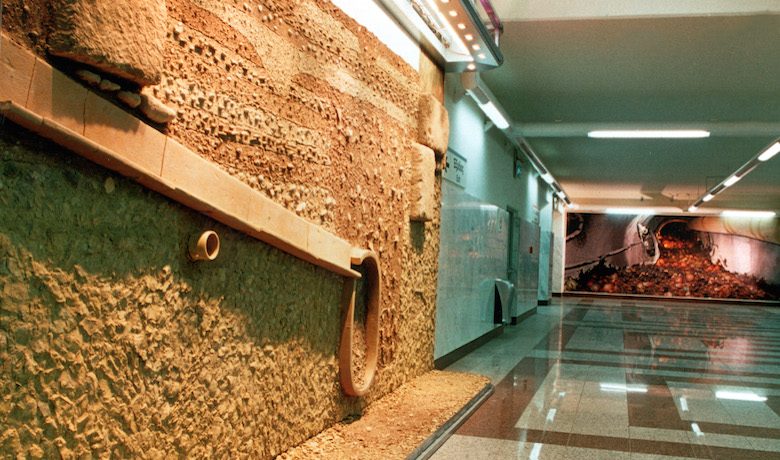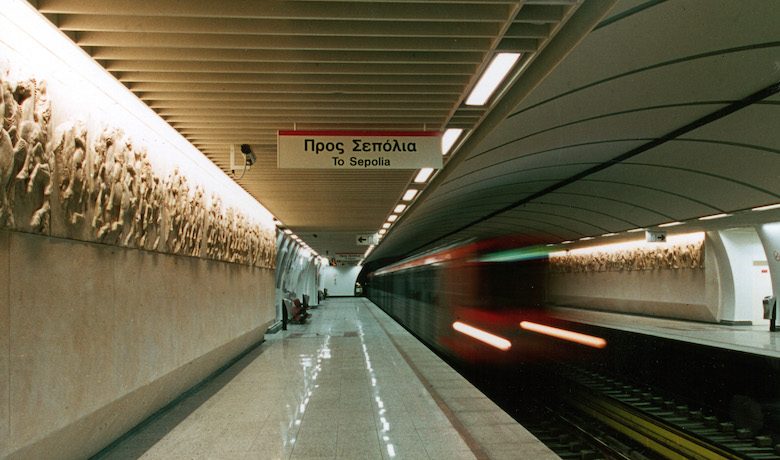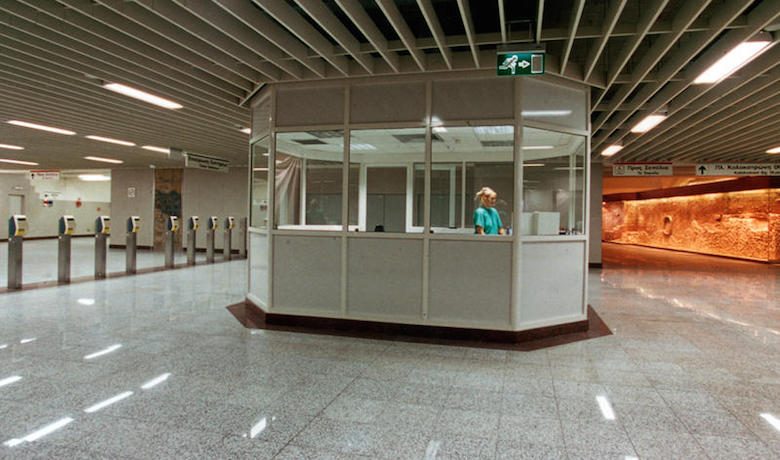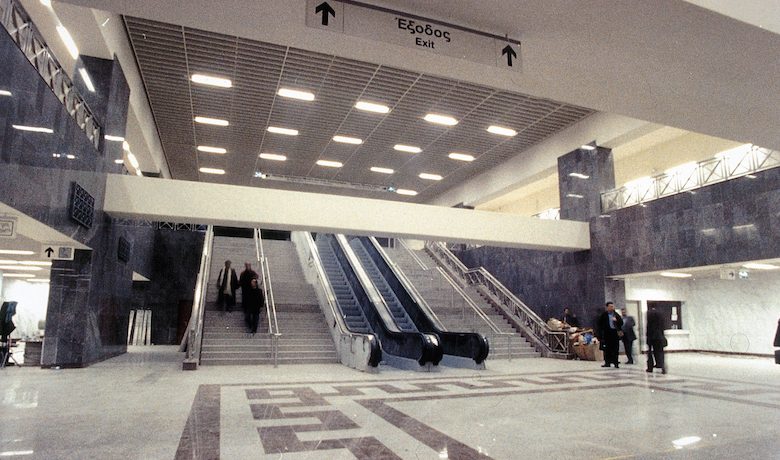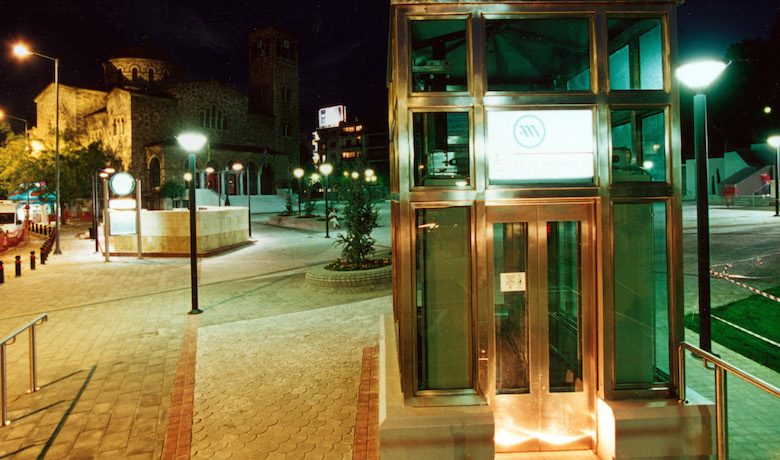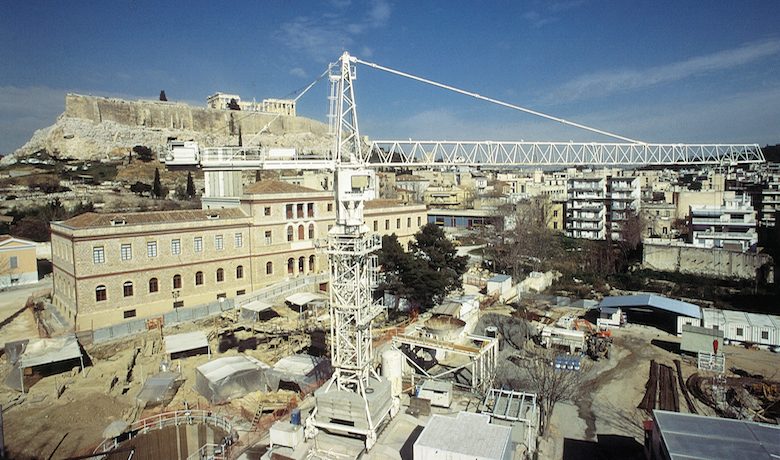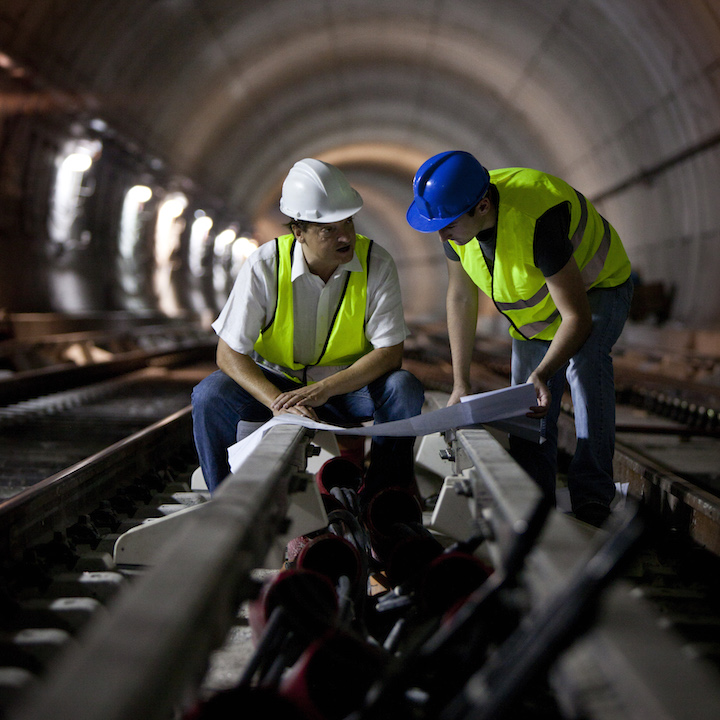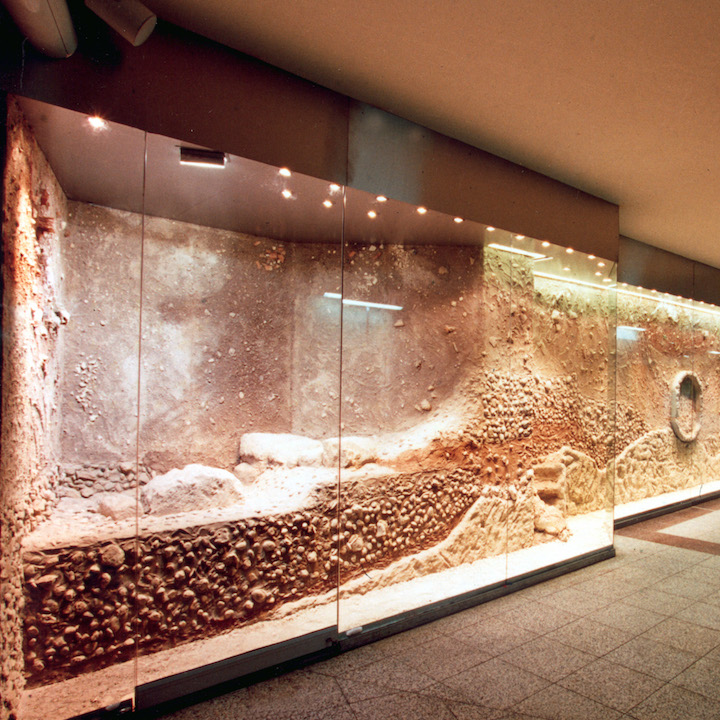BACKGROUND
Metro Line 1 in Athens dates from 1930. It was the only metro line in the city until 2000. In 1930, the capital of Greece had a population of about 450,000; today, that figure is nearly 3.5 million, including 900,000 in the municipality of Athens itself. Consequently, the city’s transport infrastructure was unable to meet increased demand. During this 70-year interval, car traffic also rose, leading to congestion in the city’s main thoroughfares.
In 1987, a call for tenders for the construction of Lines 2 and 3 was launched. In 1991, a contrat was signed by the Greek minister of public works and the European consortium, Olympic Metro (which brought together 22 Greek, German, and French companies).


